Diane Phillips, the cooking instructor who made this, is Italian. And this is her grandmother’s recipe, one that she has made hundreds and hundreds of times over her lifetime. It’s a beautiful cake – almost more like a coffeecake than a dessert cake – but it could be either one. It was scrumptious.
At the cooking class, Diane says her mother is probably rolling over in her grave because she serves this occasionally with a crème Anglaise. The cake is a firmer style – notice it has some bigger holes in it – this isn’t a super-tender kind of cake, but kind of like the difference between white bread and corn bread. They’re just different. The flavors were wonderful, and if I’d felt I could have, I’d have licked the plate of the crème that still clung to it. Someone in our cooking class did just that. My mother would have rolled over in her grave if she’d seen me do that!
In the photo at top you can’t quite see that the apple slices are placed in a decorative pattern, cored-edge down into the batter. Makes for a very pretty look when it’s done. The recipe calls for 5 Golden Delicious apples. Two of them are peeled, cored and diced into the batter itself. The other 3 apples are peeled, cored and sliced, and go into the pattern on the top.
The crème Anglaise starts off with apple juice. But after watching Diane make this, I decided that when I make this myself, I’ll use apple juice concentrate – why go through the process of reducing apple juice when you can use concentrate? The cake can be made 2 days ahead (covered, unrefrigerated). The sauce can be made up to 4 days ahead and can be frozen for up to a month.
What’s GOOD: the sauce was divine. It’s rich, but makes a nice moisturizer for the cake, which is just slightly on the dry side (good dry, though). It could also be served with whipped cream (easier). The cake has very nice flavor from the apples. Diane served this as part of a brunch, but it could be a dessert too.
What’s NOT: the sauce takes a bit of time to make, but hey, you can do it ahead, so do that!
Files: MasterCook 5+ and MasterCook 14 (click on link to open recipe in MC)
* Exported from MasterCook *
Umbrian Apple Cake with Cider Creme Anglaise
Recipe By: Diane Phillips, cooking instructor and author
Serving Size: 12
CAKE:
1 cup unsalted butter — softened (can use mild, fruity olive oil if preferred)
1 cup sugar
1/2 teaspoon lemon zest
1 tablespoon Amaretto
1 teaspoon vanilla paste — or extract
4 large eggs
2 1/2 cups all-purpose flour
1 tablespoon baking powder
1/2 teaspoon ground cinnamon
1/2 teaspoon salt
5 medium Golden Delicious apples — peeled, cored, cut in 1/2″ slices
1/4 cup unsalted butter — melted
3 tablespoons sugar
CIDER CREME ANGLAISE:
2 cups apple juice — or cider
1/2 cup sugar
1 1/2 cups heavy cream
1/4 cup sugar
1 tablespoon cornstarch
1 tablespoon vanilla paste
5 large egg yolks
NOTES: To keep apples from turning brown while you make the batter, pour Sprite over them, to cover. Drain and pat dry before proceeding with the recipe.
1. CAKE: Preheat oven to 350°F. Coat the inside of a 10-inch springform pan with nonstick spray (not Pam).
2. In the bowl of an electric mixer fitted with the paddle attachment, cream the butter and sugar until light and fluffy.
3. Add the zest, Amaretto and vanilla paste. Beat until blended.
4. Add eggs one at a time, beating after each addition.
5. Add flour, baking powder, cinnamon and salt, blending until smooth.
6. Cut 2 of the apples into very small dice and fold them into the batter. Transfer to prepared pan and smooth the top.
7. Arrange the cut apples, core side down (in other words, don’t lay them flat but push them into the batter on the edges) on top of the batter in circles over the entire surface (in the shape of a sun). The apples should be close together. Brush the apples and batter with the melted butter.
8. Generously sprinkle the apples and batter with the 3 tablespoons of sugar.
9. Bake the cake for 50-60 minutes, until the cake pulls away from the side of the pan, and the cake is golden brown. A skewer inserted into the center should come out clean.
10. Cool on a wire rack for 15 minutes, remove the sides of the springform pan and cool completely. Dust top with powdered sugar if desired. The cake will keep, covered, at room temperature, for 24 hours.
11. CREME ANGLAISE: In a 2-quart saucepan, heat the cider and 1/2 cup of sugar. Bring to a boil and simmer for 30 minutes, until reduced to 1 cup. Cool the cider completely.
12. In a 2-quart saucepan heat the cream, sugar, cornstarch, vanilla and egg yolks over medium heat, stirring occasionally, about 3 minutes.
13. Continue stirring over medium heat until the mixture thickens and just begins to simmer. Immediately remove from heat and strain through a fine-mesh sieve into a bowl. Add 1/2 cup of the reduced cider to the bowl, cover and refrigerate, stirring occasionally, until well chilled, about 2 hours. Sauce may be served warm or cold. Use any left over sauce in salad dressings, or as a drizzle over ice cream.
DO-AHEAD: The Creme can be refrigerated for up to 4 days, or frozen for a month.
Per Serving (you’ll use just half the sauce): 596 Calories; 34g Fat (51.5% calories from fat); 7g Protein; 66g Carbohydrate; 2g Dietary Fiber; 252mg Cholesterol; 255mg Sodium.





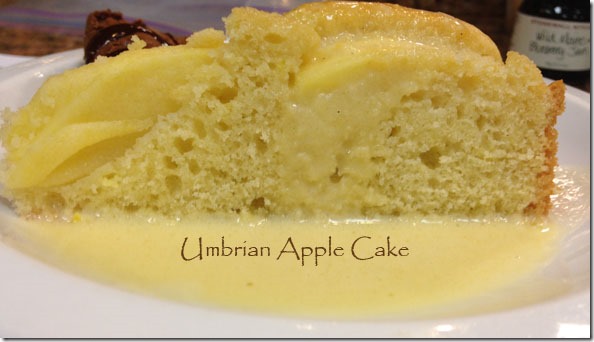

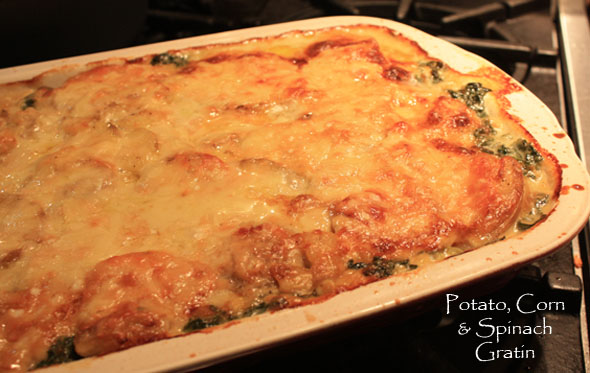
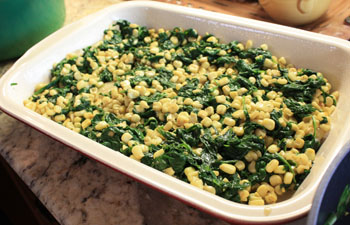
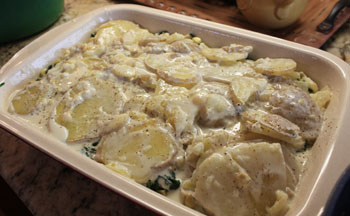

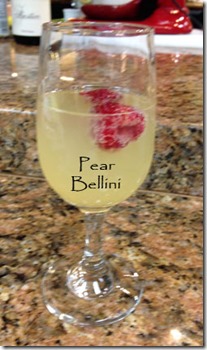
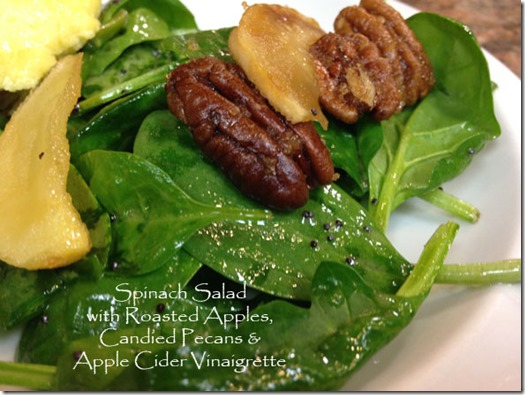
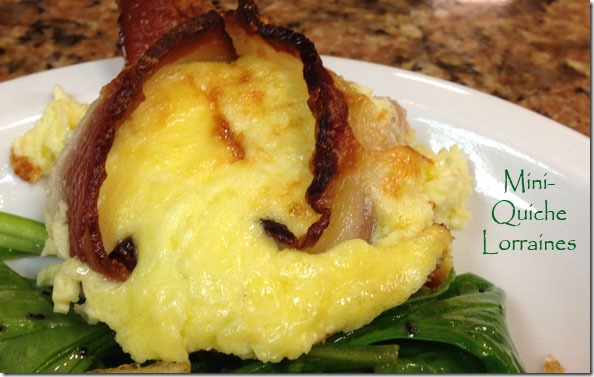
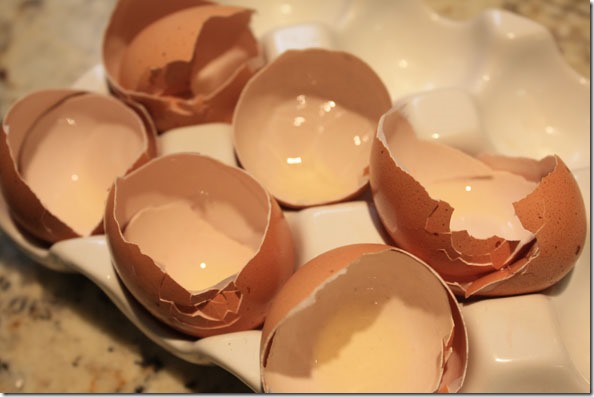
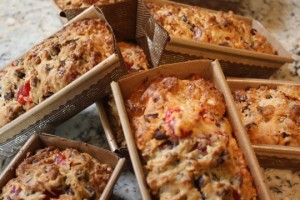 chocolate chips and halved maraschino cherries. I’ve made this every year (except one) since the 1960’s. And as I write this on Friday, December 12th, until this morning I hadn’t baked a thing yet of my usual Christmas goodies. But this morning, as it’s raining cats and dogs here in Southern California (blessed rain, thank you, Lord) I felt the urge to make this bread. I’ve managed to do it with my ailing foot. I may be resting it the rest of the day because of it, but 2 loaves are in the oven.
chocolate chips and halved maraschino cherries. I’ve made this every year (except one) since the 1960’s. And as I write this on Friday, December 12th, until this morning I hadn’t baked a thing yet of my usual Christmas goodies. But this morning, as it’s raining cats and dogs here in Southern California (blessed rain, thank you, Lord) I felt the urge to make this bread. I’ve managed to do it with my ailing foot. I may be resting it the rest of the day because of it, but 2 loaves are in the oven.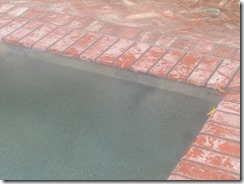
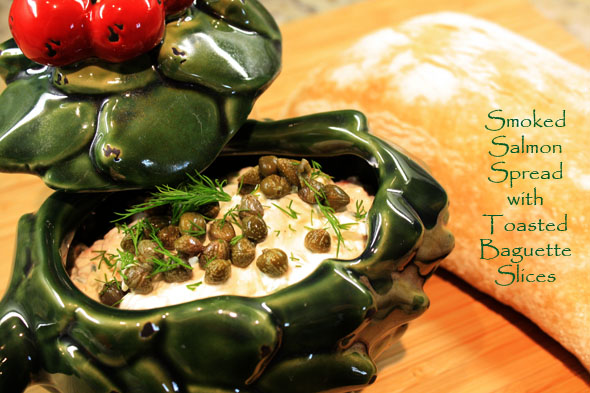
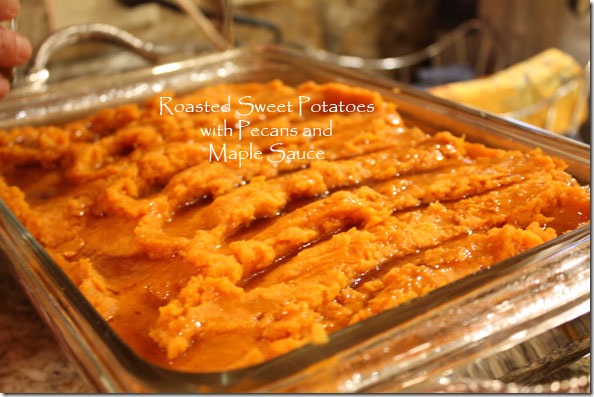
Leave a Comment!